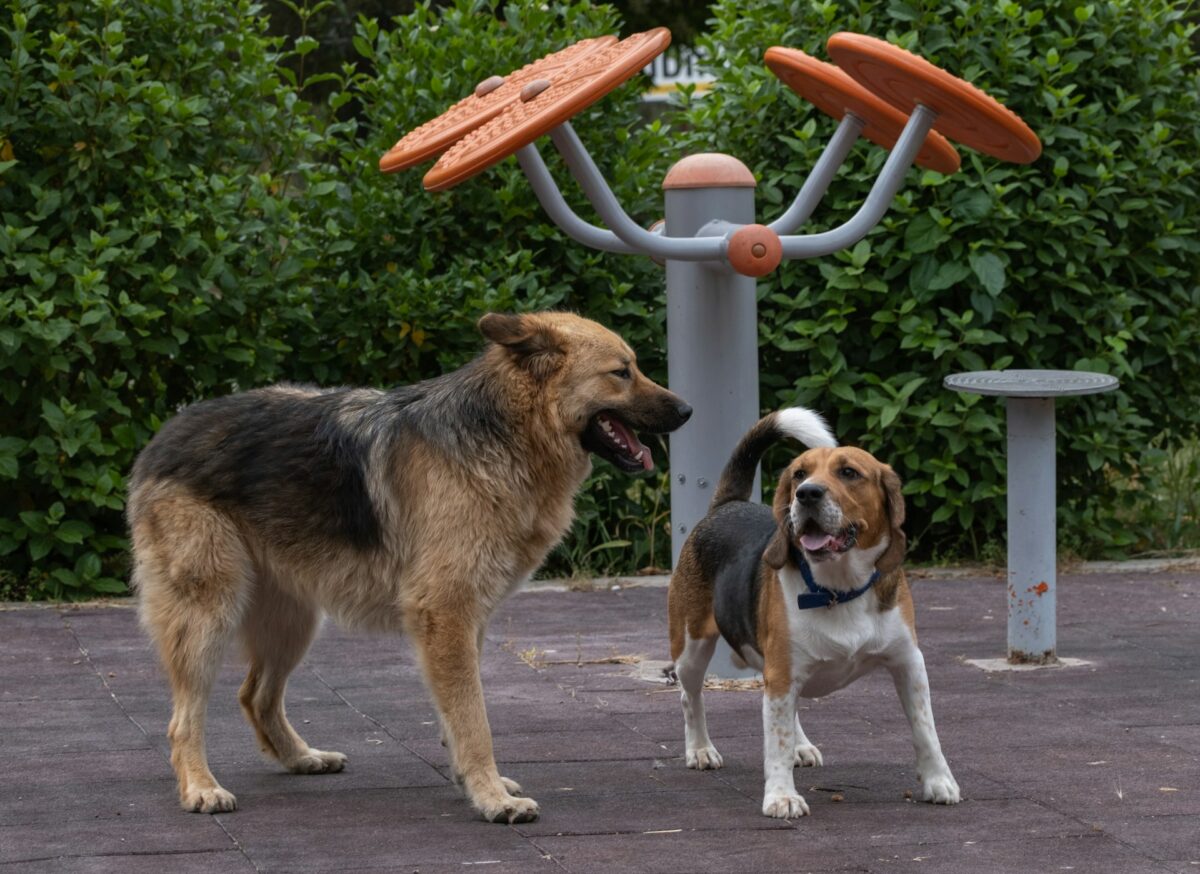Bringing a dog into your life is a big commitment — and if you’re thinking about adding another one, you already know how much joy a canine companion can bring.
A second dog can mean double the fun, double the love… and, yes, double the work. While it can be a wonderful decision, it’s important to go in with open eyes and a solid plan.
Here’s what you should carefully consider before adding a second dog to your home.
1. Your First Dog’s Temperament
Before you start searching for your next furry family member, take an honest look at your current dog’s personality and needs.
Ask yourself:
-
Does my dog generally enjoy the company of other dogs?
-
Are they confident and well-socialized, or anxious and easily stressed?
-
Do they show resource guarding, jealousy, or possessiveness over toys or people?
If your first dog struggles with reactivity, fear, or territorial behaviors, it’s best to work through those challenges first. A second dog won’t fix those issues — it may actually make them worse.
Your first dog should be stable, responsive, and content before bringing another into the mix.
2. Your Dog’s Age and Energy Level
The best matches usually come from dogs with compatible energy levels and play styles.
A high-energy adolescent may overwhelm an older, mellow dog. Conversely, a senior dog may not appreciate a boisterous puppy bouncing around the house.
You want both dogs to be able to enjoy each other’s company without frustration or stress. Age gaps of two to four years often work well — giving your first dog time to mature and settle before adding a youngster.
3. Your Time and Lifestyle
Many people assume that two dogs will “keep each other busy,” but in reality, they often need more of your attention, not less.
You’ll need to:
-
Train and walk them separately at first
-
Continue individual bonding time
-
Manage feeding, play, and enrichment for both
If your schedule is already full, think carefully about whether you can meet the emotional and physical needs of two dogs. Each one deserves your time, training, and care.
4. Financial Commitment
Vet care, food, training, grooming, boarding, and pet insurance — everything doubles with two dogs. Be sure you can comfortably afford routine and emergency expenses for both before making the leap.
Unexpected costs (like illness, injury, or behavior work) can add up quickly, so budgeting ahead is essential.
5. Gender and Compatibility
While there’s no absolute rule, many trainers and behaviorists recommend pairing opposite sexes (one male and one female) for smoother dynamics. Same-sex pairings, especially between two females, can sometimes lead to conflicts as they mature.
More important than gender, though, is temperament compatibility. A confident, socially skilled dog often pairs best with a calmer, more easygoing partner.
Whenever possible, set up meet-and-greets in neutral spaces before committing to adoption.
6. Space and Management
Consider the physical space in your home. Do you have room to separate dogs when needed? Can you manage feeding and playtime safely?
When introducing a new dog, it’s wise to:
-
Feed dogs separately at first
-
Supervise play and interactions closely
-
Provide each dog their own crate or quiet space
Management isn’t forever, but it’s crucial during the adjustment phase.
7. The Introduction Process
A slow, thoughtful introduction can make all the difference.
Start by:
-
Meeting on neutral ground (like a park or open space)
-
Walking together parallel with some distance
-
Allowing short, calm interactions before bringing them home
Once home, maintain structure and boundaries until both dogs are comfortable. Supervised play, consistent routines, and positive reinforcement go a long way toward harmony.
8. Why You Want a Second Dog
It’s also worth reflecting on why you want another dog.
Ask yourself:
-
Do I want a second dog for my current dog, or for me?
-
Am I ready to meet another dog’s training and emotional needs?
-
Am I trying to fill a void (like the loss of a pet) before I’m ready?
The right reason to add another dog is because you have the time, resources, and commitment to enrich another life, not just to entertain your first one.
9. Be Patient During the Transition
Even with the perfect match, the adjustment takes time. Expect a few bumps as both dogs learn the new routine.
-
Don’t expect instant friendship.
-
Manage resources like food, toys, and space carefully.
-
Reward calm, positive interactions.
Most importantly, give your first dog extra reassurance and attention — they didn’t choose this new arrangement, and they’ll look to you for guidance and comfort.
Final Thoughts: Two Dogs, One Balanced Pack
Adding a second dog can bring so much joy and deepen your experience as a dog owner — but only if it’s done with patience, preparation, and care.
When both dogs feel secure, understood, and individually valued, you’ll have a household full of balance, companionship, and connection — not chaos.
Take your time, plan wisely, and when the right match comes along, you’ll know it.







